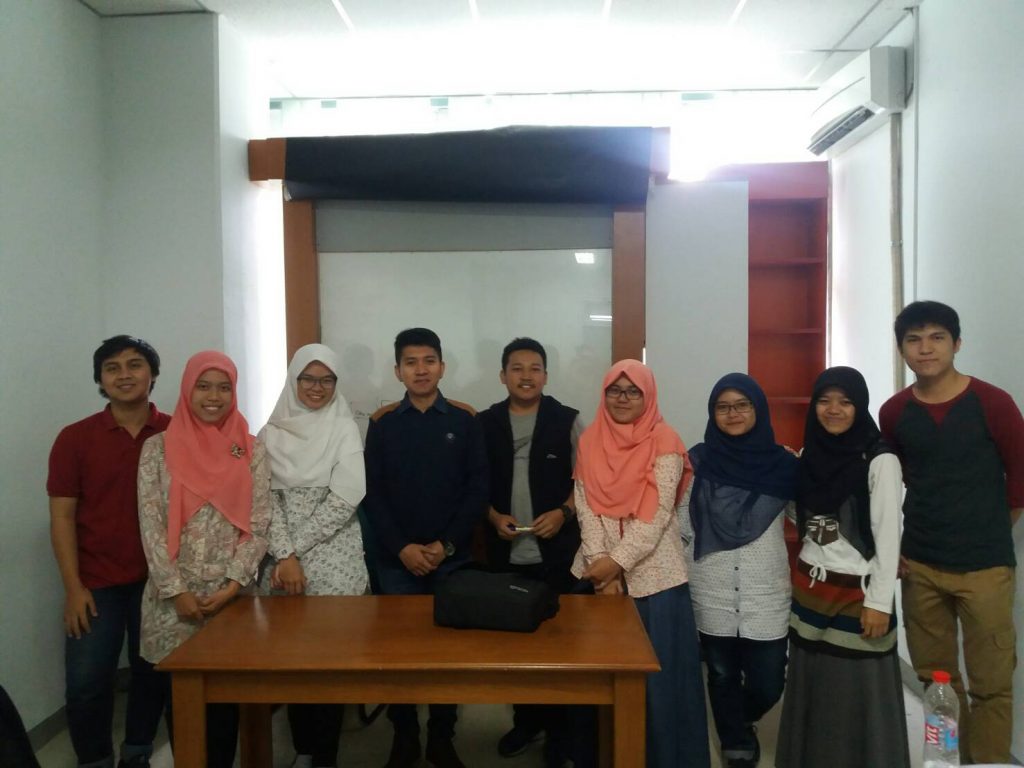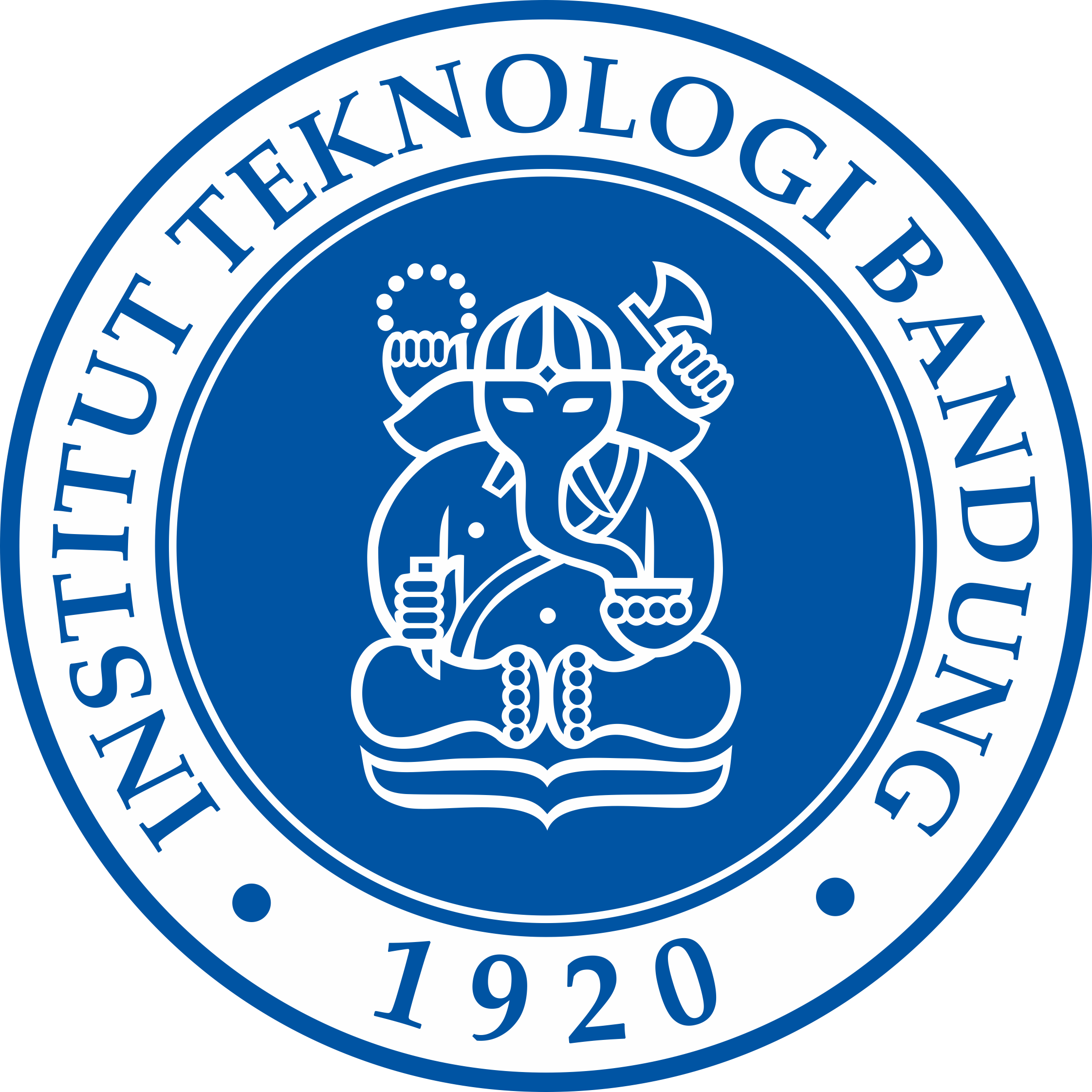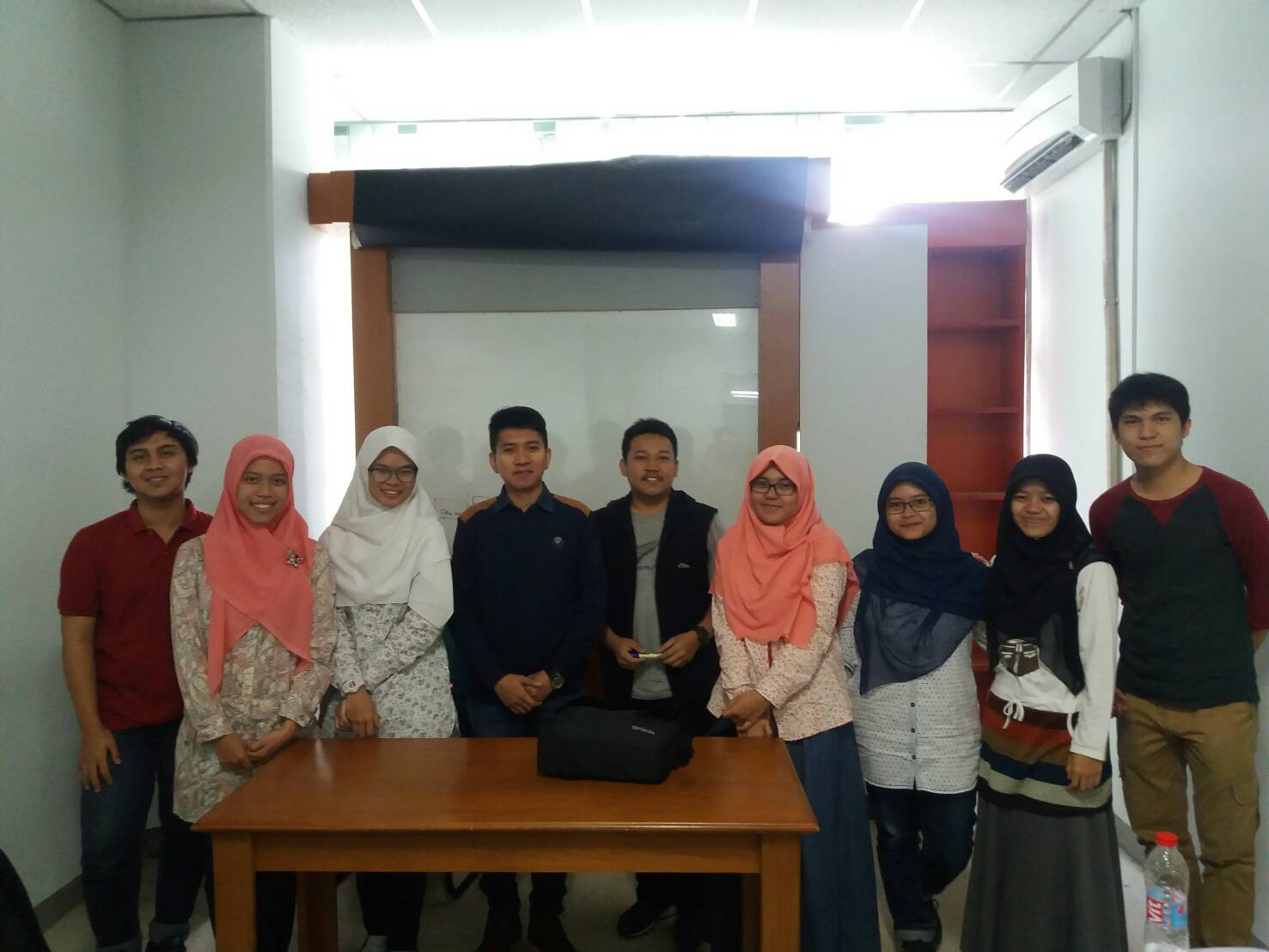Alumni Talks: Microbiology as Versatile Tools in Environmental Remediation and Wastewater Treatment
[:id]
Microbiology as a branch of science that dealt with microbes, is a highly applicative field. Research in microbiology often overlapped with engineering, therefore it isn’t rare for Microbiology undergraduates to continue their study or have career in engineering field. One of those graduate is Bastian Saputra, a 2007 ITB graduate. After studying basics of Microbiology in ITB, he chose to explore environmental microbiology field, pertaining bioremediation and wastewater treatment. Before continuing study in graduate and doctoral program in Sheffield University in England, he chose to walk down the career path as bioremediation engineer in VICO Indonesia year 2012-2013 and wastewater treatment engineer in PT Lautan Luas Tbk year 2013-2015. In 17th November 2016, the alumnus of Microbiology Undergraduate Program in Bandung Institute of Technology shared his expertise in environmental microbiology to students of microbiology major.
That day’s sharing covers wastewater treatment and soil bioremediation, opened with definition of environmental microbiology as a scientific study about microorganisms in environment; in soil, water, and air. Bioremediation and wastewater treatment basically are applications of environmental microbiology in land and water, respectively.
Wastewater treatment, both domestic and industrial waste, is an important process because without proper handling, waste would pollute land and water, and also evoke health risks. Concept of microbiologically wastewater treatment revolves around the ability of microbial metabolism to convert organic pollutants both aerobically and anaerobically to inorganic compounds of gas CO2, CH4, water, and also biosolids. Wastewater treatment itself is not a single process, but a system of consecutive processes, consisting of preliminary (solid separation), primary (chemical treatment), secondary (biological treatment), and posttreatment. In biological treatment, there are several methods used, among them is usage of activated sludge, a biological floc suspension consists of bacteria, protozoa, organic and inorganic materials, etc. Another method is using fixed film system, using biofilm on a solid surface like bioball. Several important parameters in biological wastewater treatment are also needed to be taken into acount, encompassing physicochemical, biological, and technical parameters. Generally, wastewater treatment includes aerobic and anaerobic treatment; with anaerobic system mainly employed for activated sludge management.
Environmental bioremediation is an important process highly needed in industry, which also has been written in Indonesia’s Environment Ministerial Decree No. 128 year 2003 about Procedures and Technical Requirements of Oil Waste and Oil Contaminated Soil Treatment by Biological Means. Bioremediation is an application of biological processes to remove, convert, or immobilize environmental contaminants. One of bioremediation method that can be employed is landfarming. This ex-situ method uses treated and innoculated contaminated soils as bulking agent, top soil, and re-greening in landfarming sites.
Important issue in bioremediation that draws Bastian’s interest is bioavailability, which is a measure of how microorganism receptors are exposed to contaminants in soil. Bioavailability is determined by contaminants’ physical properties (bulk size, polarity, and solubility) and efficient contact with microorganism. Conventional analytical tools such as atomic absorption spectroscopy (AAS) and gas chromatography (GC) unable to measure bioavailability, are expensive, and time-consuming because analysis cannot be done in-situ. Alternative tool proposed by the currently doctoral student in Sheffield University is biosensor, as tools to monitor progress of contaminated or degraded soil restoration. Biosensor basically is an analytical method that converts biological signal into measured information using physical transducer. In his dissertation research, he employs bioluminescence in genetically modified microbe to monitor bioremediation process.[:en]Microbiology as a branch of science that dealt with microbes, is a highly applicative field. Research in microbiology often overlapped with engineering, therefore it isn’t rare for Microbiology undergraduates to continue their study or have career in engineering field. One of those graduate is Bastian Saputra, a 2007 ITB graduate. After studying basics of Microbiology in ITB, he chose to explore environmental microbiology field, pertaining bioremediation and wastewater treatment. Before continuing study in graduate and doctoral program in Sheffield University in England, he chose to walk down the career path as bioremediation engineer in VICO Indonesia year 2012-2013 and wastewater treatment engineer in PT Lautan Luas Tbk year 2013-2015. In 17th November 2016, the alumnus of Microbiology Undergraduate Program in Bandung Institute of Technology shared his expertise in environmental microbiology to students of microbiology major.
That day’s sharing covers wastewater treatment and soil bioremediation, opened with definition of environmental microbiology as a scientific study about microorganisms in environment; in soil, water, and air. Bioremediation and wastewater treatment basically are applications of environmental microbiology in land and water, respectively.
Wastewater treatment, both domestic and industrial waste, is an important process because without proper handling, waste would pollute land and water, and also evoke health risks. Concept of microbiologically wastewater treatment revolves around the ability of microbial metabolism to convert organic pollutants both aerobically and anaerobically to inorganic compounds of gas CO2, CH4, water, and also biosolids. Wastewater treatment itself is not a single process, but a system of consecutive processes, consisting of preliminary (solid separation), primary (chemical treatment), secondary (biological treatment), and posttreatment. In biological treatment, there are several methods used, among them is usage of activated sludge, a biological floc suspension consists of bacteria, protozoa, organic and inorganic materials, etc. Another method is using fixed film system, using biofilm on a solid surface like bioball. Several important parameters in biological wastewater treatment are also needed to be taken into acount, encompassing physicochemical, biological, and technical parameters. Generally, wastewater treatment includes aerobic and anaerobic treatment; with anaerobic system mainly employed for activated sludge management.
Environmental bioremediation is an important process highly needed in industry, which also has been written in Indonesia’s Environment Ministerial Decree No. 128 year 2003 about Procedures and Technical Requirements of Oil Waste and Oil Contaminated Soil Treatment by Biological Means. Bioremediation is an application of biological processes to remove, convert, or immobilize environmental contaminants. One of bioremediation method that can be employed is landfarming. This ex-situ method uses treated and innoculated contaminated soils as bulking agent, top soil, and re-greening in landfarming sites.
Important issue in bioremediation that draws Bastian’s interest is bioavailability, which is a measure of how microorganism receptors are exposed to contaminants in soil. Bioavailability is determined by contaminants’ physical properties (bulk size, polarity, and solubility) and efficient contact with microorganism. Conventional analytical tools such as atomic absorption spectroscopy (AAS) and gas chromatography (GC) unable to measure bioavailability, are expensive, and time-consuming because analysis cannot be done in-situ. Alternative tool proposed by the currently doctoral student in Sheffield University is biosensor, as tools to monitor progress of contaminated or degraded soil restoration. Biosensor basically is an analytical method that converts biological signal into measured information using physical transducer. In his dissertation research, he employs bioluminescence in genetically modified microbe to monitor bioremediation process.[:]



No Comments